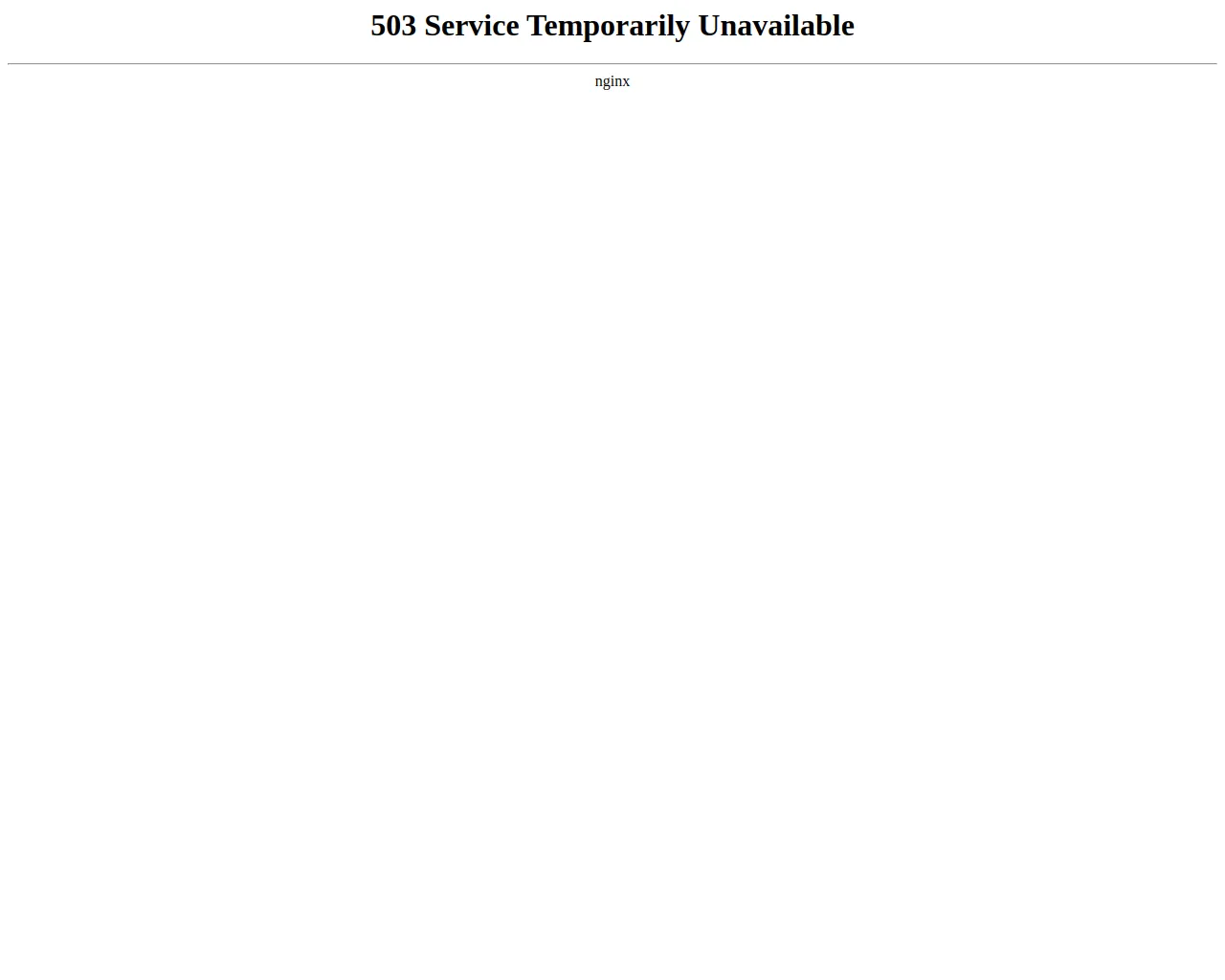一、 漏洞 CVE-2022-49828 基础信息
漏洞信息
# hugetlbfs:不要从页面缓存中删除错误页面
## 漏洞概述
在Linux内核中,修复了一个与hugetlbfs相关的漏洞。当发现HugeTLB页面中有损坏时,会将其从页面缓存中删除,这会导致未来的读取或映射操作分配新的页面而不是通知用户页面已被损坏,从而导致内存损坏。
## 影响版本
此漏洞影响所有使用HugeTLBFS功能的Linux内核版本。
## 细节
当前逻辑是当在HugeTLB页面中发现损坏时会将其移出页面缓存。这会导致之后再次尝试映射或读取该页面时分配新的页面,而不是提示用户该页面已损坏。该修复措施是让损坏页面保留在页面缓存中。当用户尝试通过系统调用使用损坏的HugeTLB页面时,系统调用会返回`EIO`错误码。如果尝试映射这个页面,线程会收到一个`BUS_MCEERR_AR`类型的`SIGBUS`信号。
## 影响
修复之前,尝试使用损坏的HugeTLB页面可能导致内存分配错误和误导性的行为。修复之后,将会适当地向用户报告错误,并避免内存损坏。
提示
神龙会尽力确保数据准确,但也请结合实际情况进行甄别与判断。
神龙祝您一切顺利!
漏洞标题
漏洞描述信息
CVSS信息
漏洞类别
漏洞标题
漏洞描述信息
CVSS信息
漏洞类别
二、漏洞 CVE-2022-49828 的公开POC
| # | POC 描述 | 源链接 | 神龙链接 |
|---|
三、漏洞 CVE-2022-49828 的情报信息
-
标题: 503 Service Temporarily Unavailable -- 🔗来源链接
标签:
-
标题: Making sure you're not a bot! -- 🔗来源链接
标签:
-
标题: Making sure you're not a bot! -- 🔗来源链接
标签:
- https://nvd.nist.gov/vuln/detail/CVE-2022-49828


